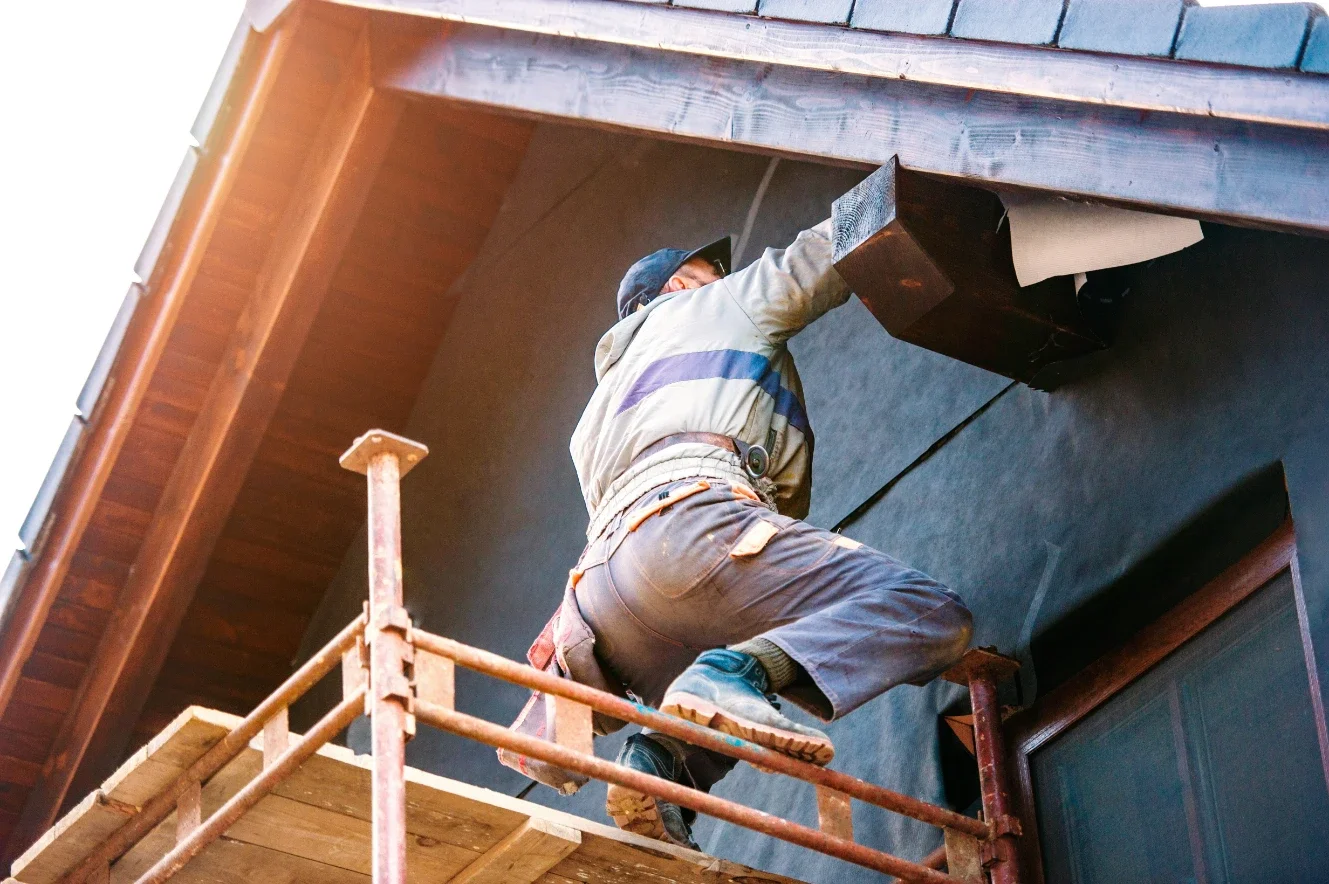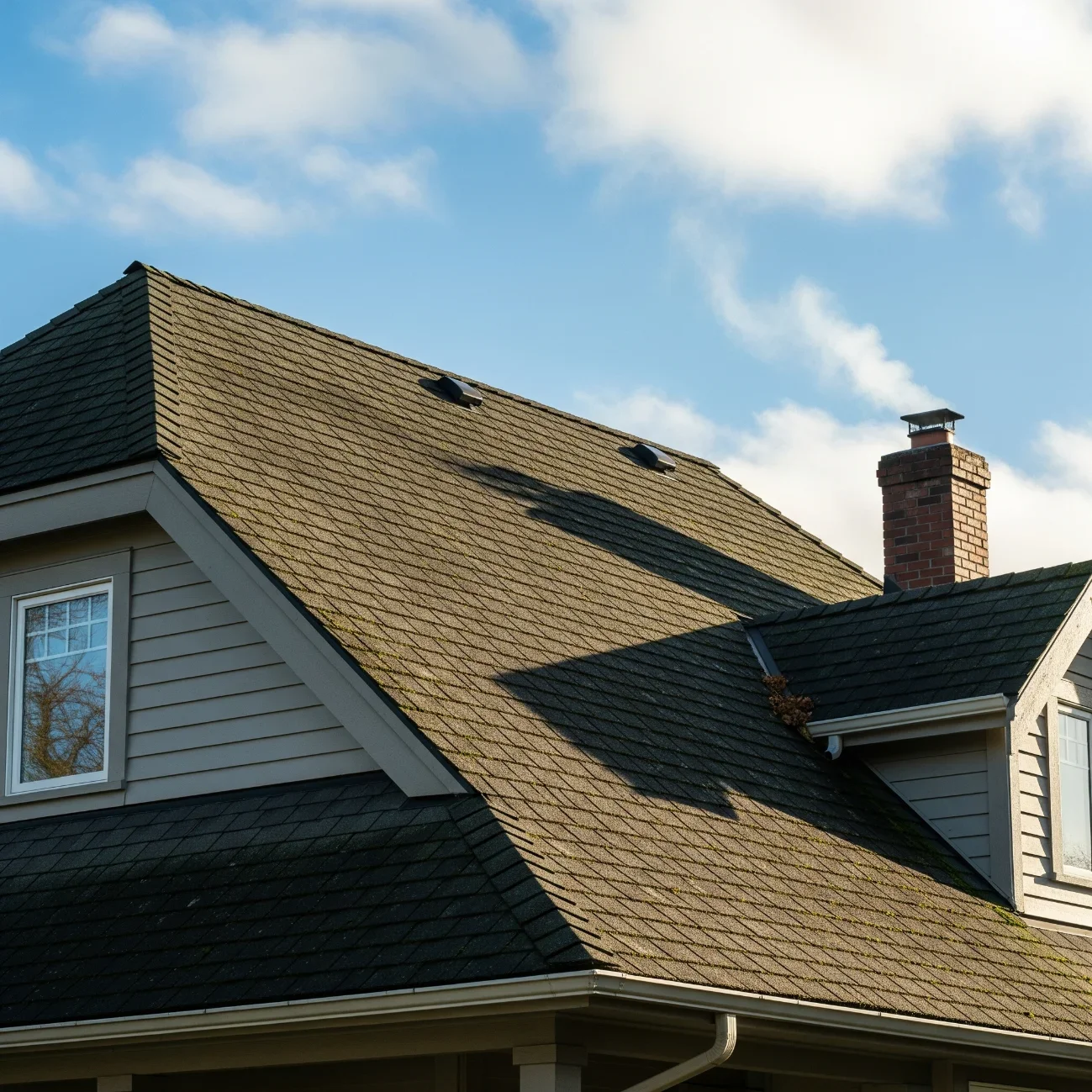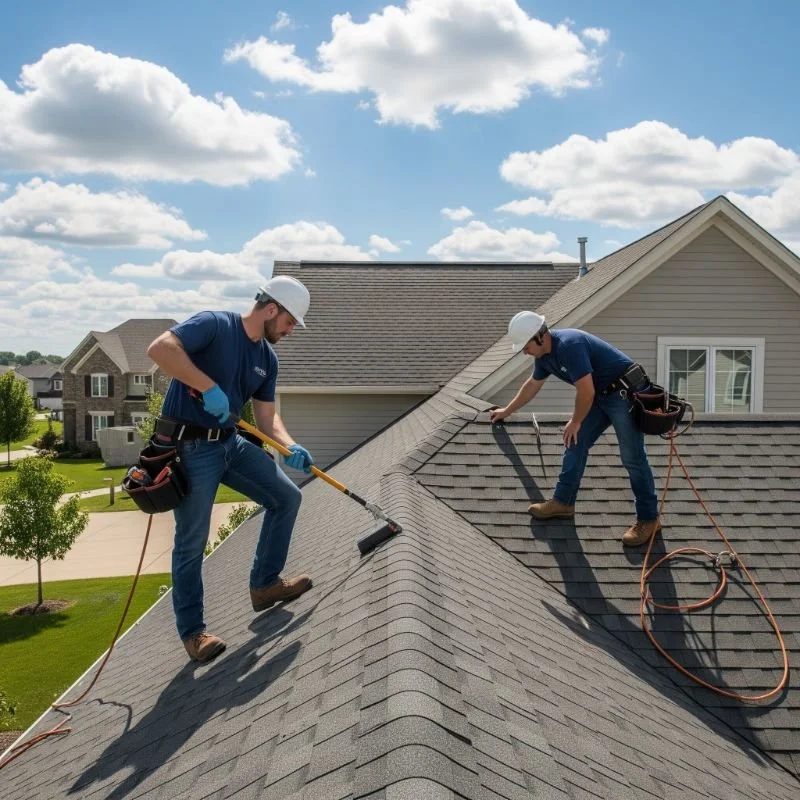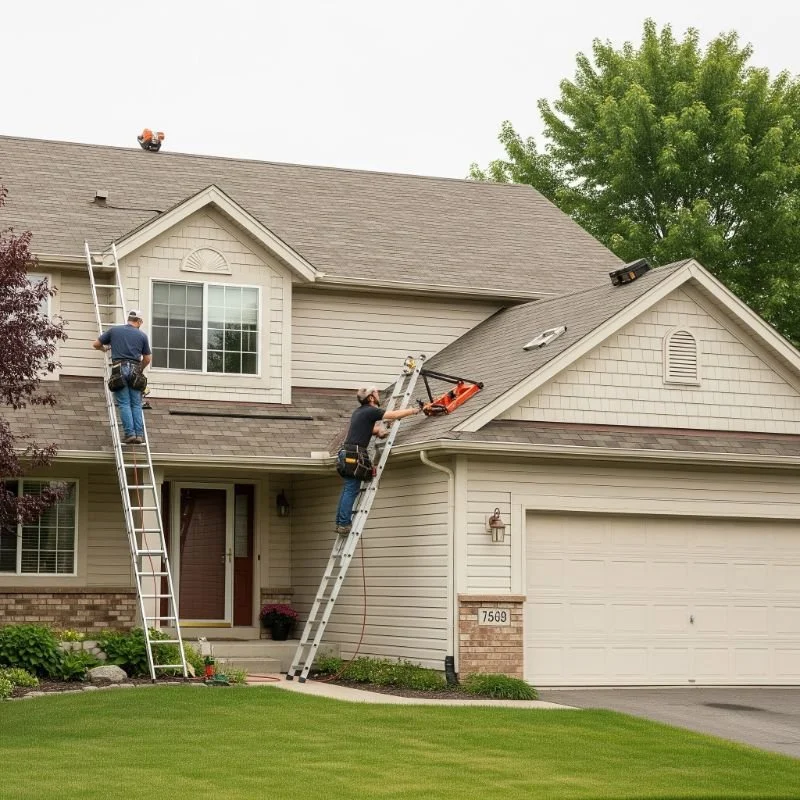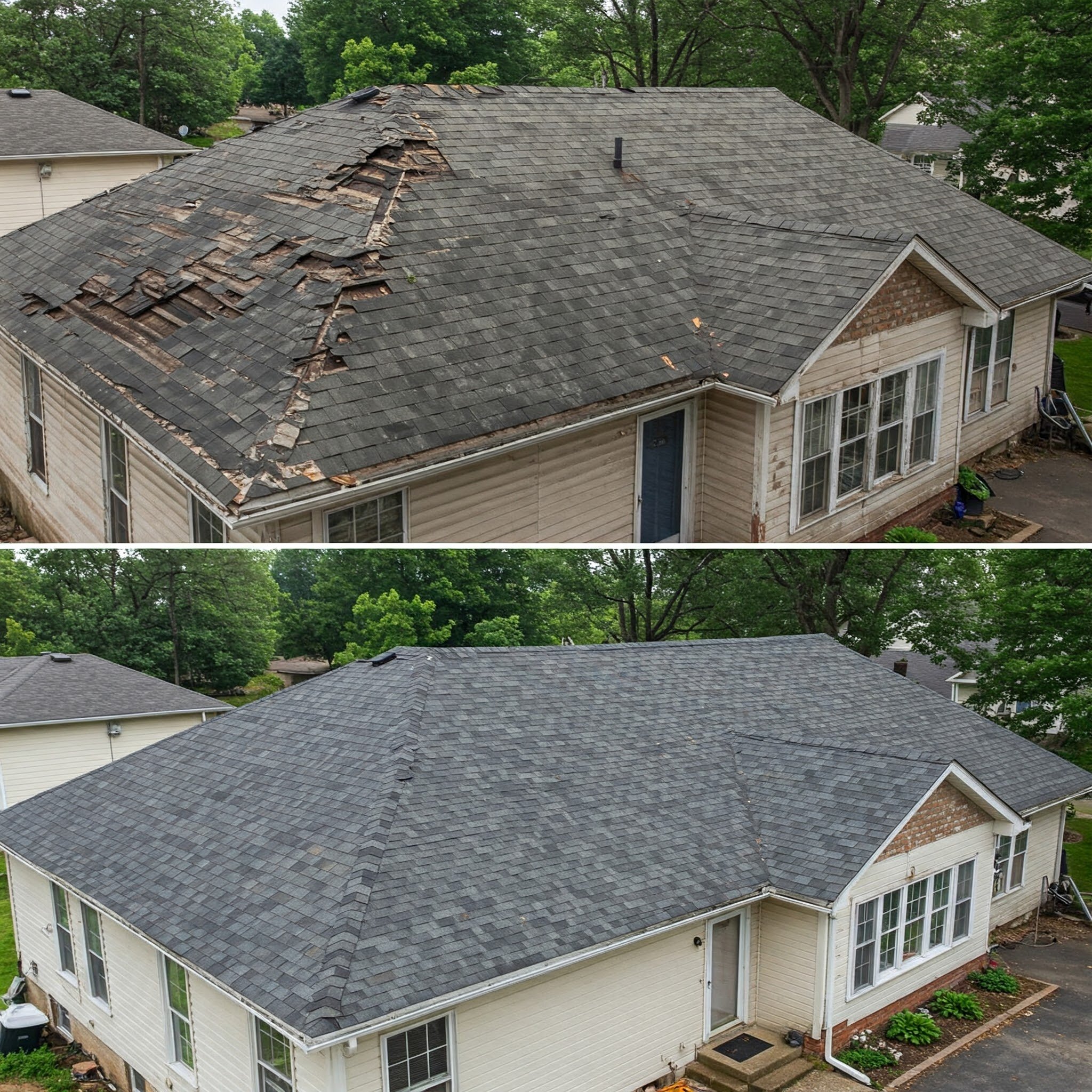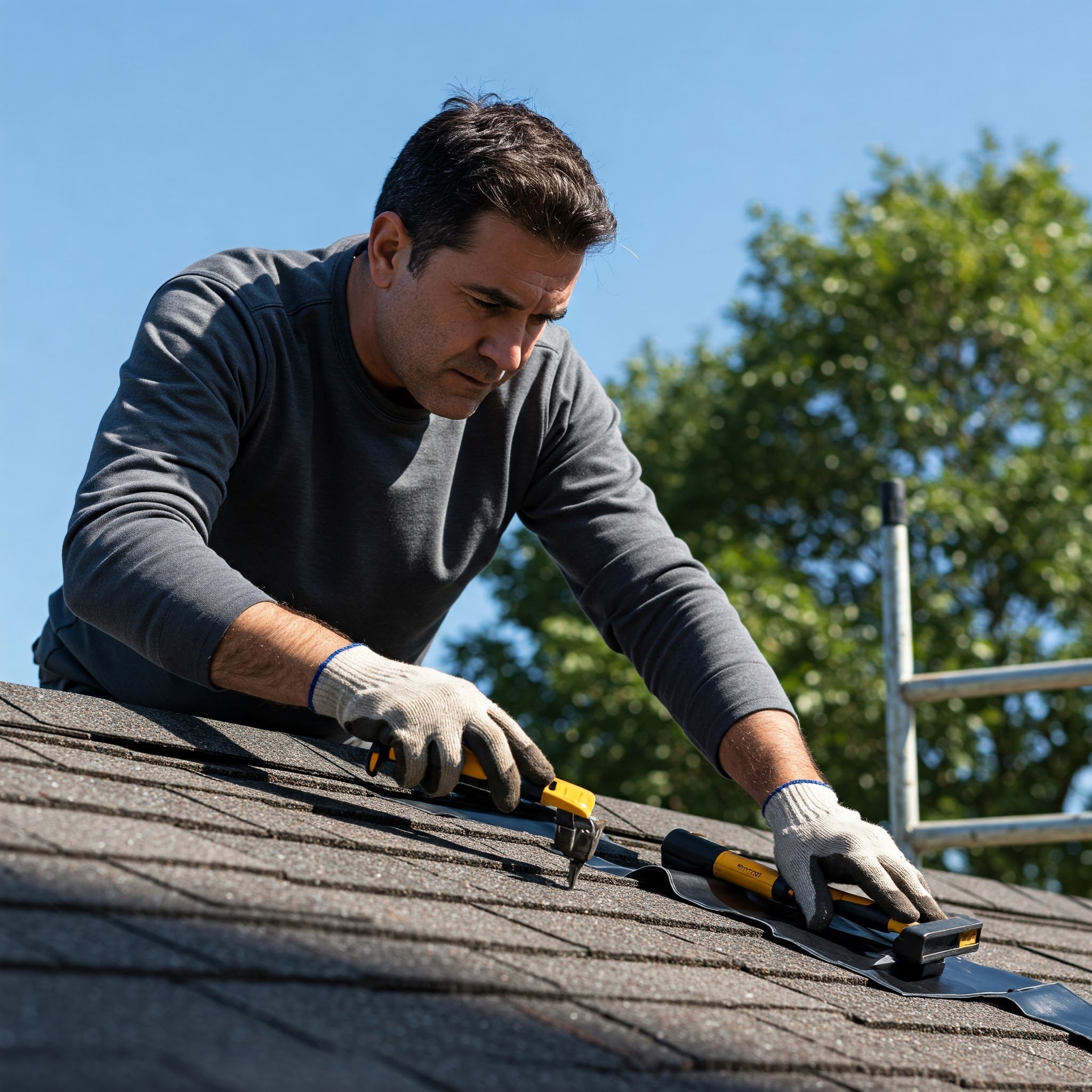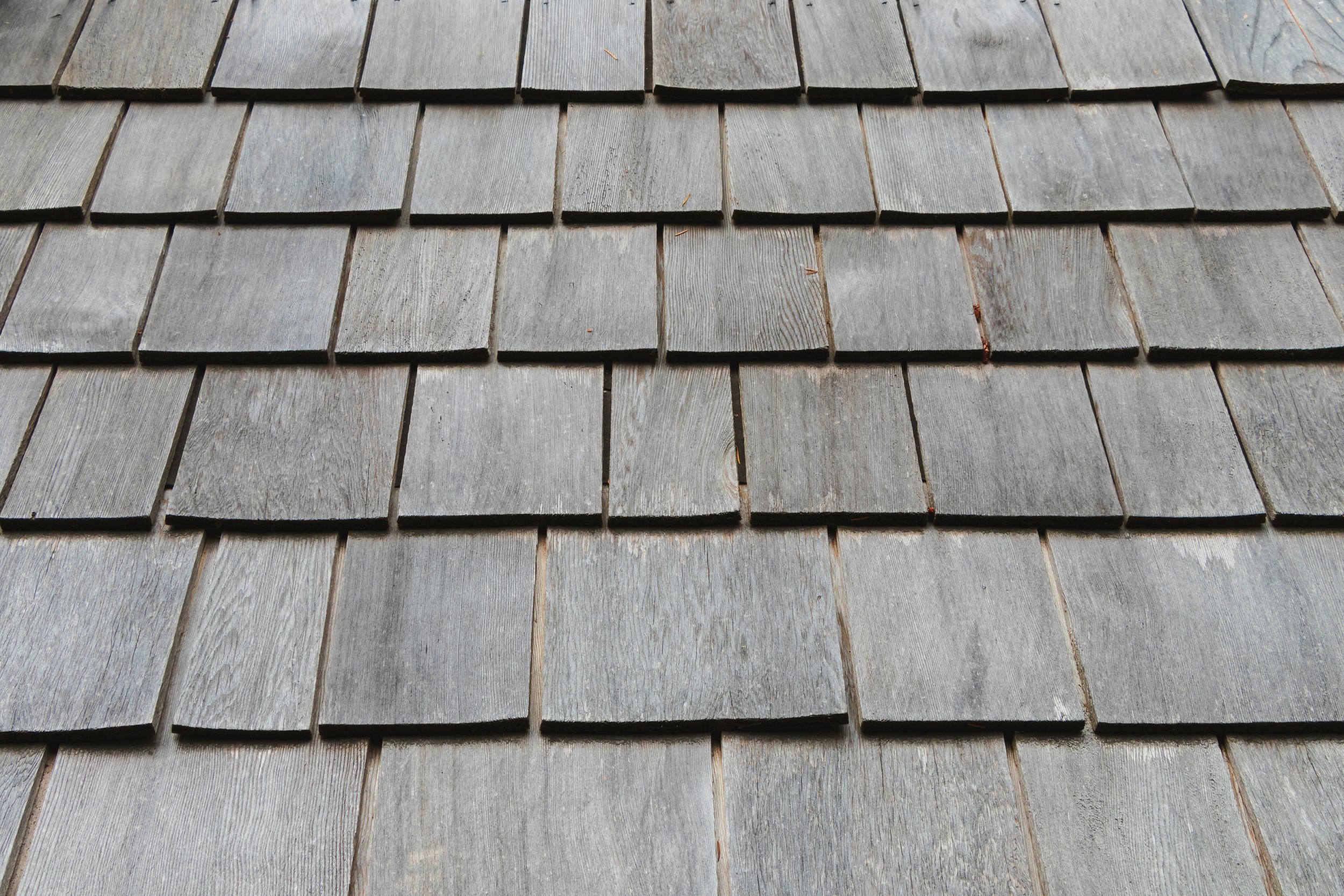What Every Homeowner Should Understand About the Roofing Replacement Process
Learn the essential steps of the roof replacement process, from inspection to installation, so you can make informed decisions and avoid surprises.
The decision to replace your roof is not one to take lightly. Many homeowners find themselves overwhelmed by misinformation and the complexities inherent in the roofing replacement process. Understanding what to expect can save time, reduce stress, and potentially save you money. This guide outlines important aspects of roofing replacement, aiming to clarify what more homeowners need to know before taking the plunge.
Understanding the Need for Replacement
Roofs have definite lifespans, often ranging from 20 to 50 years, depending on their materials and the environmental conditions they face. Homeowners should recognize common signs indicating that roof replacement is necessary, such as extensive wear, leaks, or even sagging. It is recommended to conduct regular inspections to catch issues early, as delayed action can lead to more severe problems and costly repairs down the line. For those living in regions with severe weather, such as heavy snowfall or high winds, the risks associated with a compromised roof can escalate quickly.
Types of Roofing Materials
Choosing the right type of roofing material is crucial for both aesthetic appeal and durability. Asphalt shingles are popular for their affordability and ease of installation. They might not always be the most enduring option. Metal roofs, while more expensive, offer longevity and resilience against harsh weather conditions. For a premium option, slate and tile roofs provide striking beauty and can last for generations if properly maintained. Homeowners should evaluate their priorities, be it cost, aesthetics, or durability, before making this significant decision. If you’re eager to get your roof replaced, understanding roofing materials and your budget will help in making informed decisions throughout the process. Consulting with professional roofing contractors can also bring valuable insights into which materials suit specific needs.
The Importance of Hiring Qualified Professionals
One of the most critical steps in the replacement process is selecting a qualified contractor. An experienced roofing professional will ensure the job meets industry standards and offer warranties for materials and labor. Research potential contractors thoroughly, check their reviews, certifications, and past work. It can be beneficial to ask for referrals from neighbors or friends who have recently completed roofing projects. A solid contractor will guide you through the entire process, ensuring the highest quality work while adhering to safety regulations and codes.
Preparation for Replacement Day
Prior to the day of replacement, gather necessary documents and communication from your contractor. Preparing your home by moving vehicles and clearing the exterior space will facilitate smoother work. Make arrangements for pets and any family members who might be affected by noise or disruptions. Understanding the replacement process means knowing that your roof will be exposed for some duration. This reality requires additional measures to safeguard your interior from potential rain or debris. Generally, contractors will take steps to cover areas prone to leaks, but taking preemptive steps can further protect your home.
Post-Installation Considerations
Once the replacement process concludes, the focus shifts to post-installation tasks. Homeowners should conduct a thorough walk-through with the contractor to ensure that the work has met expectations and that areas of concern are addressed. Keeping all warranties and documents in a secure location provides peace of mind for possible future repairs or issues. It is prudent to establish a maintenance schedule to extend the life of your new roof, including periodic inspections and timely repairs.
Managing Costs Involved in Roofing Replacement
Financial considerations are pivotal in roofing replacement projects. Homeowners should forecast the budget by obtaining multiple quotes to compare costs and value offered by various contractors. Beyond the initial installation, factoring in potential maintenance expenses and future repairs is wise. Consider exploring financing options or insurance coverage that may assist, as many homeowners may not grasp what warranties are included and what aspects they cover.
Environmental Impact of Roofing Choices
More homeowners are considering the environmental impact of different roofing materials, making sustainable choices a focus in today’s market. Metal roofs, for example, are highly recyclable and energy-efficient, helping to reduce waste. Similarly, materials like clay tile and certain types of asphalt shingles can be sourced from recycled products. Solar panels can be easily integrated into some roofing materials, leading to lower energy costs. By choosing environmentally friendly materials, homeowners contribute to sustainability and may benefit from energy savings.
Understanding the roofing replacement process is vital for homeowners. From recognizing the signs of damage to choosing the right materials, every aspect matters. With careful planning, an open dialogue with experienced contractors, and consideration for budgets, the workflow becomes seamless. A sturdy roof protects a home and contributes to its value.







